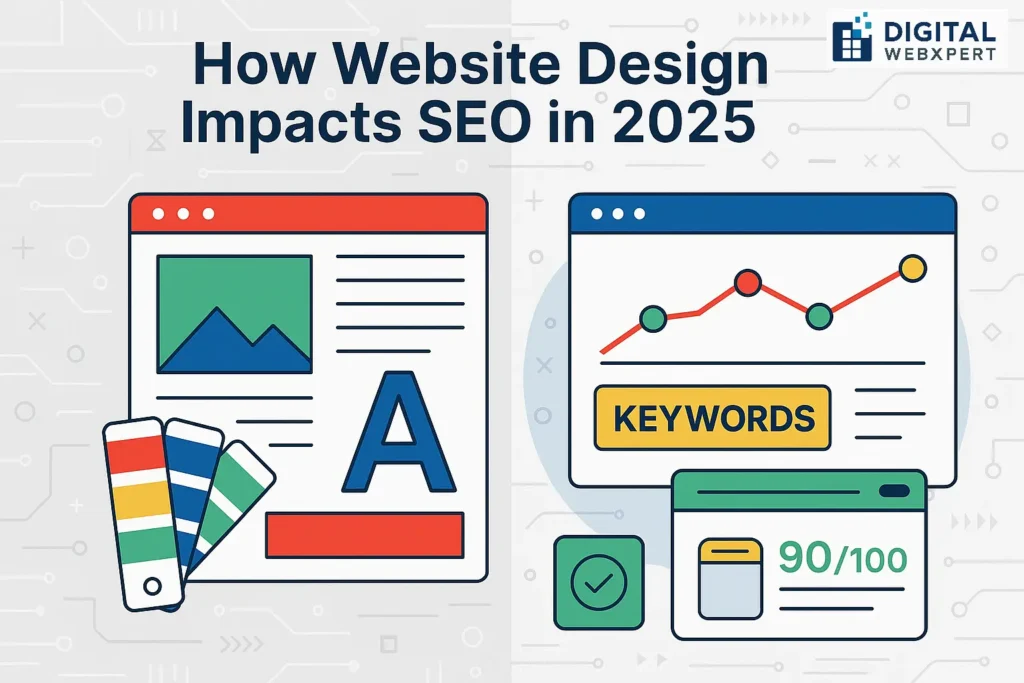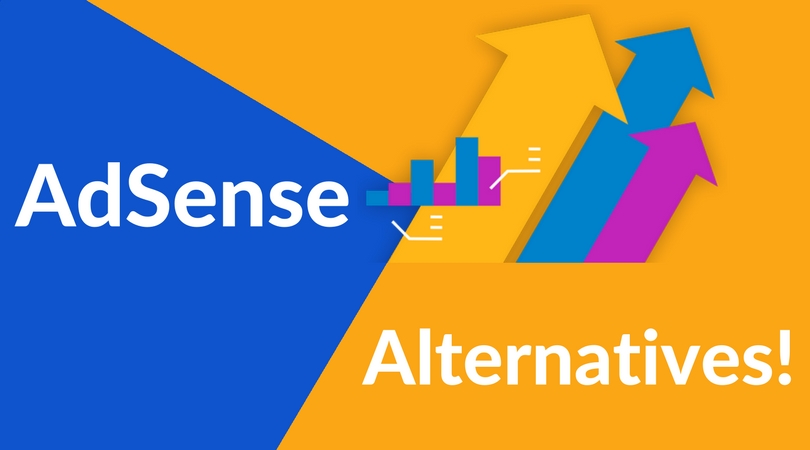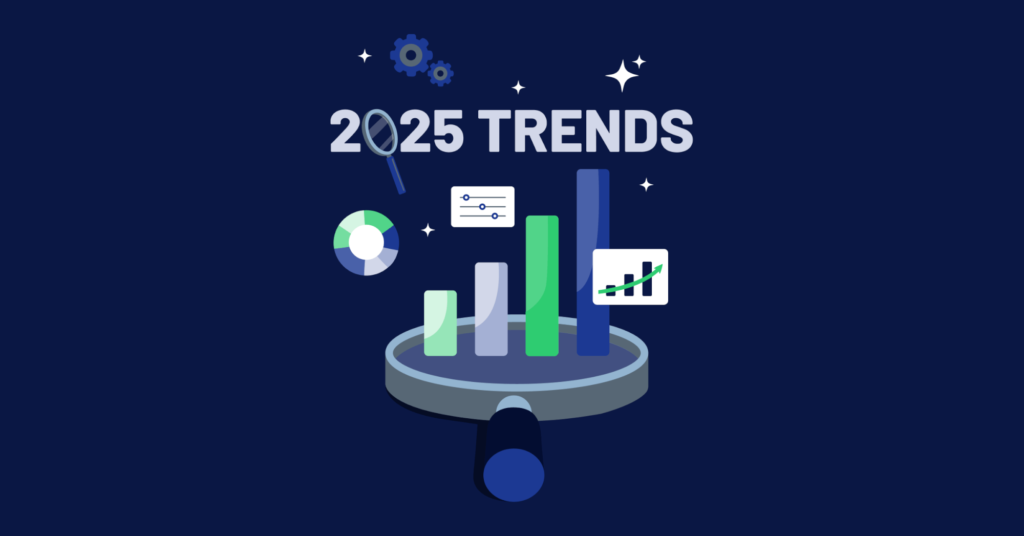In the world of digital marketing, it’s no longer enough to have a visually appealing website. If your website design isn’t optimized for SEO, you risk getting buried in Google’s search results. In 2025, website design and SEO go hand in hand — and Google is watching closely.
In this comprehensive guide, we’ll explore how your website design impacts SEO and what specific elements Google considers important for ranking your website higher.
🔍 Why Website Design Matters for SEO
Your website design is more than just how your site looks — it’s how your users interact with your content. A poorly designed website leads to higher bounce rates, slower speeds, and lower engagement — all of which negatively affect your SEO rankings.
According to Google’s algorithm updates, including Core Web Vitals, the user experience (UX) — which is driven largely by design — is now a key ranking factor.
📱 1. Mobile-First Design is Non-Negotiable
In 2025, over 70% of users access websites on mobile devices. That’s why Google prioritizes mobile-first indexing — meaning the mobile version of your site is what gets indexed first.
Key Tips:
Use responsive web design so your layout adapts to all screen sizes.
Keep font sizes readable on small screens.
Make buttons and menus thumb-friendly.
🔑 Pro Tip: Use Google’s Mobile-Friendly Test to check your site’s mobile performance.
⚡ 2. Page Speed Directly Affects SEO
Google’s Page Experience signals, including Core Web Vitals, reward fast-loading websites. If your web design includes heavy images, animations, or bloated code, your SEO will suffer.
How to Improve Speed Through Design:
Compress and lazy-load images.
Avoid third-party scripts unless essential.
Use a lightweight theme or custom-coded design.
Google recommends loading a page in under 2.5 seconds.
🧭 3. Clear Site Navigation Helps Google Crawl Better
A messy menu or disorganized layout confuses users and Google’s bots. A good website design includes a clear information hierarchy, clean navigation, and accessible structure.
Best Practices:
Use descriptive menu labels.
Limit the depth of pages to 3 clicks or fewer.
Add breadcrumbs to help both users and search engines.
💡 4. UX Design Increases Engagement — A Hidden SEO Booster
Google tracks user engagement metrics like:
Time on site
Pages per session
Bounce rate
A well-designed website improves these metrics by:
Using clean, readable fonts
Organizing content with headers and white space
Implementing engaging CTAs (Calls-to-Action)
A good UX = better engagement = higher Google ranking.
🧱 5. Design Impacts Technical SEO
A poorly coded theme or outdated design can lead to:
Broken links
Crawl errors
Slow server response times
Design Factors That Affect Technical SEO:
Clean HTML/CSS structure
Schema markup for search features
Secure HTTPS implementation
No render-blocking resources
🎨 6. Visual Hierarchy Affects Content Readability
Content may be king, but how it’s presented matters just as much. Google prefers pages that are easy to read and navigate — and that’s a design job.
Visual Elements That Support SEO:
H1 for primary headlines, H2–H4 for structure
High-contrast text and backgrounds
Consistent color palette and branding
Use of infographics, charts, and icons (with alt tags!)
🖼️ 7. Image Optimization Boosts Both Design & SEO
Images make a website visually appealing, but they must be SEO-optimized.
Image Design + SEO Checklist:
Use descriptive alt tags with your focus keyword
Compress files to reduce load time
Name files properly (e.g.,
website-design-seo-2025.png)Use modern formats like WebP
🔐 8. Secure, Accessible Design Builds Trust (And SEO)
SSL certificates, accessibility compliance (WCAG), and trust signals like testimonials and contact info are now part of both user trust and Google’s quality criteria.
✅ Final Checklist: 10 Design Elements That Affect SEO
Mobile-first responsive design
Fast page speed (Core Web Vitals)
Structured data (schema markup)
Clean site navigation
User-friendly fonts and colors
Compressed, keyword-optimized images
Consistent branding and layout
Secure HTTPS implementation
Readable content structure (H1–H4 tags)
Low bounce rate via improved UX
📈 Real-World Impact: Why Businesses Must Align Design & SEO
Websites that integrate smart design with SEO see:
Higher rankings
Better lead conversion
Lower bounce rates
Stronger brand credibility
In today’s competitive digital world, you don’t just need a website — you need a well-designed, SEO-optimized digital asset.
🧠 Conclusion: Design for Users, Optimize for Google
To succeed in 2025, website design and SEO must work together. Google rewards websites that offer great experiences — and design is at the heart of that.
By focusing on responsive layouts, fast speeds, clean navigation, and engaging visuals, you’re not only impressing your visitors — you’re pleasing Google too.
📣 Need Help Optimizing Your Website Design for SEO?
At Digital WebXpert, we specialize in building websites that rank well, convert visitors, and grow businesses.
👉 Let’s talk about your website today.



